How to Use Diatomaceous Earth in Your Garden
If you’ve been using insecticides in your garden to get rid of those pesky bugs, it’s time that you turn to something that’s natural and safer to use. Diatomaceous Earth (D.E.) is the solution for pest control. It has many valuable uses that you’ll find interesting and helpful, especially when gardening.
DE will help you keep all types of bugs, rodents, and other garden pests from enjoying what you’ve worked so hard all summer long to grow and eventually harvest from your vegetable garden. It works to kill insects or deter them from going elsewhere. Here is more on how to use diatomaceous earth properly, and also the many ways that it can assist you in the garden.
Will Diatomaceous Earth Hurt My Plants?
Maybe you don’t know much about DE and are concerned that it could wind up damaging your plants. That’s a fair question. Diatomaceous earth has been proven to be a non-toxic product that’s safe not only for people and their pets, when applied properly, but also when it comes to plants. It’s safe to use in your garden, and unlike certain pesticides out there, it also won’t affect the consumption of your vegetables and the beauty of your flowers.
There are various types of DE, so in your vegetable garden, they suggest you use a food-grade type of DE.
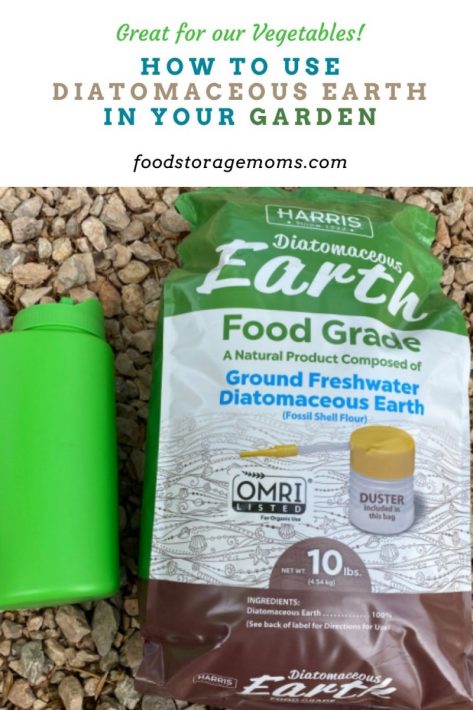
How to Use it Safely
Though it only appears to be a very fine powder or dust, don’t be deceived. Diatomaceous earth has sharp tiny particles in it that can be hazardous if you accidentally inhale it. Whatever the amount that you accidentally breathe in, it can cause serious irritation to the throat and lungs. Don’t take this warning lightly. Whatever you are planning on using DE for, be sure that you are wearing a dust mask that is capable of filtering dust. Also, use a pair of safety goggles and some gloves just to be safe. You don’t want it ending up in your eyes.
How Should I Apply It and How Much Do I Use?
You can apply DE by sprinkling the product around your garden plants or directly onto them, but I’d recommend that you use it as a spray mixture. You will want to use a mixture of 2 cups of diatomaceous earth per gallon of water. Use a garden sprayer, spray bottle, or atomizer to liberally spray your garden and lawn. Just make sure that you agitate the mixture every so often so that the DE doesn’t settle to the bottom. You’ll start noticing results once the product begins to dry.
Ways to Use Diatomaceous Earth in Your Garden
Diatomaceous earth gets the job done with all types of bugs and critters when applied to your garden. Some of these bugs include caterpillars, beetles, cockroaches, bed bugs, spider mites, earwigs, and snails. These are some of the other ways that DE can help prevent, or fight for you out in your garden: Diatomaceous Earth: What You Need to Know
This is the product I purchased, Diatomaceous Earth
Aphid Control
Aphids also pose a major threat to the plants and vegetables that are in your garden. If they’re left unchecked, they can devour entire plants quicker than you could imagine. To help save plants from aphid infestation, spray a mixture of water and ED directly onto the plants. Once the mixture is dry, the powder should accomplish what you hoped it would do. Just be sure that if you do use DE in your garden, you rinse your produce well when you go to bring it inside and before you eat it. Be aware that the DE can harm aphid-consuming ladybugs.
Tick, Mite, and Flea Prevention
Diatomaceous earth can even be used for tick, mite, and flea prevention. Many pet owners and farmers simply choose to apply diatomaceous earth directly to the fur of their pets and farm animals. You can also spray it in your lawn or garden to help keep them at bay. It’s also nice to know that you didn’t have to use chemicals in your lawn. For every gallon of water that you use, you’ll want to add 1 to 4 tablespoons of diatomaceous earth. Don’t hold anything back when you’re spraying your lawn, garden, or shrub areas.
Helps to Relocate Unwanted Ants
Discovering an anthill out in your garden only means one thing, they’ve recently discovered their nearest food provider. The average black ant typically only goes after the leaves of a plant and doesn’t necessarily eat from the vegetable portion. But if you have fire ants roaming your yard, that’s a different story. You can get these ants to relocate by dusting the ant hills and their surroundings with diatomaceous earth. It shouldn’t take them long to conclude that they are not welcome.
Keep Slugs Away
Are you noticing a bunch of slug activity out in your garden lately? This may especially be the case if you’re growing cabbage, lettuce, hostas, sunflowers, or marigolds. Those are a few of their favorites. All you need to do is sprinkle a bit of diatomaceous earth around your beloved plants and they’ll avoid these areas.
Discourages Other Garden Visitors
As a gardener, you may not mind it as much if a cute little bunny rabbit pays your garden a visit every once in a while. When you have more than one rodent out there feasting, you may be tempted to reach for a shovel or other weapon.
Diatomaceous earth happens to be extremely absorbent, and when combined with certain essential oils like citrus or peppermint, it works as a natural rodent deterrent. All you need to do is combine the mixture and place it in tiny jars out in your garden. It will work on moles, mice, rats, and yes, rabbits.
What is diatomaceous earth?
DE is made from fossilized remains of very tiny aquatic organisms that are called diatoms. The skeletons of the diatoms are made up of silica. Over a very long time and through natural processes, the silica accumulated along with other sediment of lakes, rivers, streams, and oceans. The silica has to be mined to gather enough to be profitable products for sale.
There are over 150 products of different grades made up of dusts, wettable powders, and pressurized liquids. These have been registered for use inside and outside of buildings, gardens, farms, and pet kennels. Some of these products are produced to be applied directly to your cat and dog. As mentioned, they also can be used to kill or control pests like fleas, ticks, crickets, cockroaches, spiders, silverfish, and many others.
It may sound strange, but we all use thousands of non-pesticide-related products in our daily routines. Those include toothpastes, foods, beverages, water filters like pool filters, medicines, rubber-based items, paints, skin care products, and other items.
Are there some insects that you don’t want to harm with DE?
Some beneficial insects called pollinators like bees and butterflies can be harmed by DE. Try to keep the DE dust away from the flowers of the plants when you apply the DE. A good rule is to apply the DE around the base of plants. That way you can kill or deter other pests with little chance to harm those pollinators.
As mentioned above, ladybugs are also beneficial in your garden since they love to eat aphids, so also be aware of their presence and try to avoid those plants where you see them.
Final Word
Diatomaceous earth can do many wonders, not only for you but also when it comes to your garden. Mixing it in with your potting soil will help improve drainage. It also improves the air circulation of the roots of your plants. Manufacturers know their products best, so be sure to follow the instructions on the label of the packaging so you know how much DE to use. If you’re watering your plants 3 to 4 times a week, you’ll only need to apply diatomaceous earth once every few weeks. If you live in a region with more rain or higher humidity, you will need to use it a bit more. May God Bless this world, Linda.

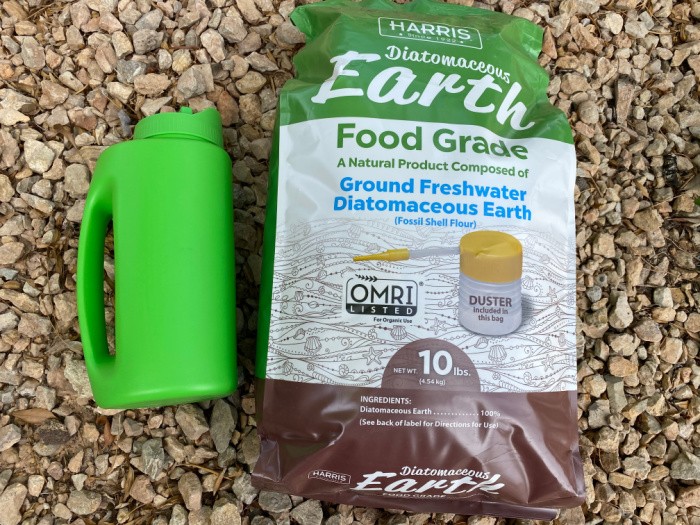

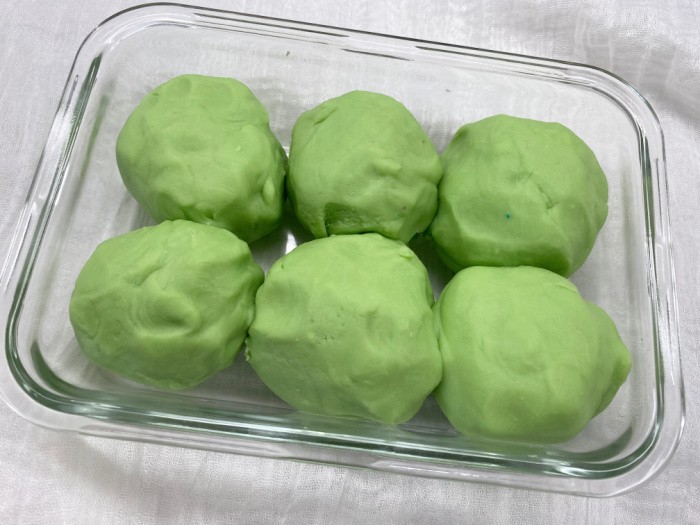
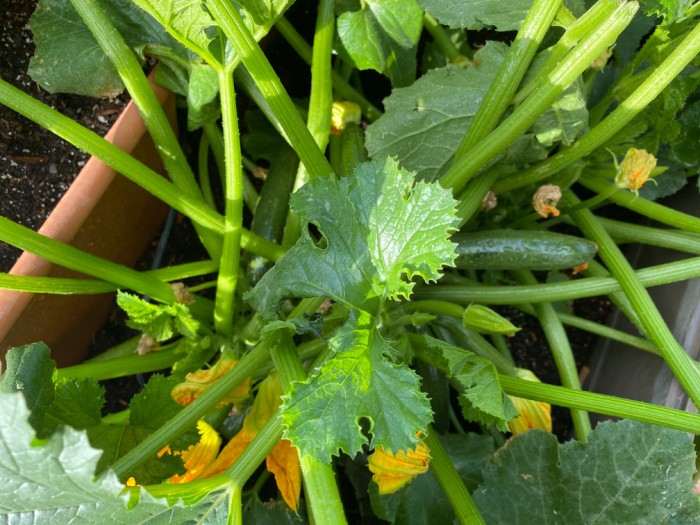
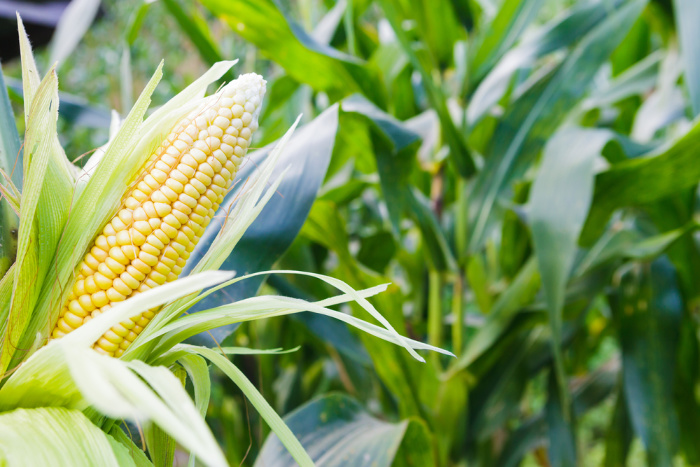
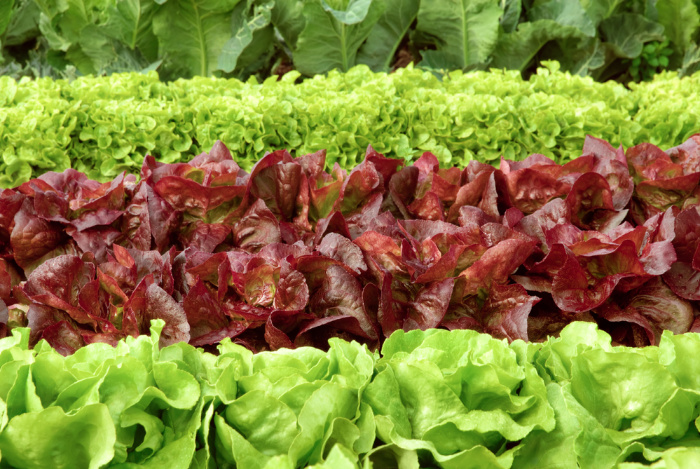

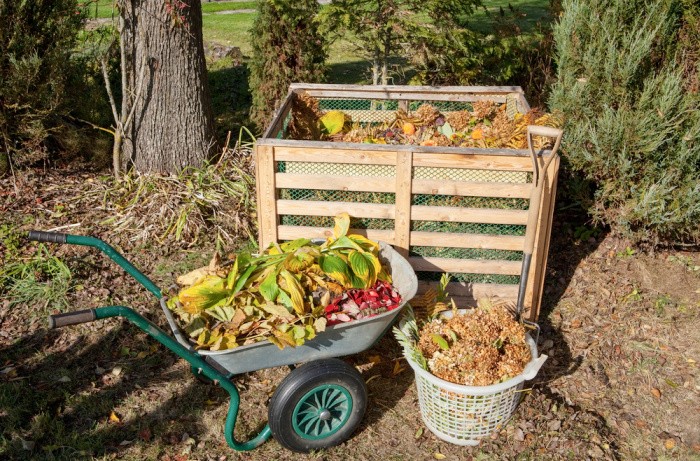
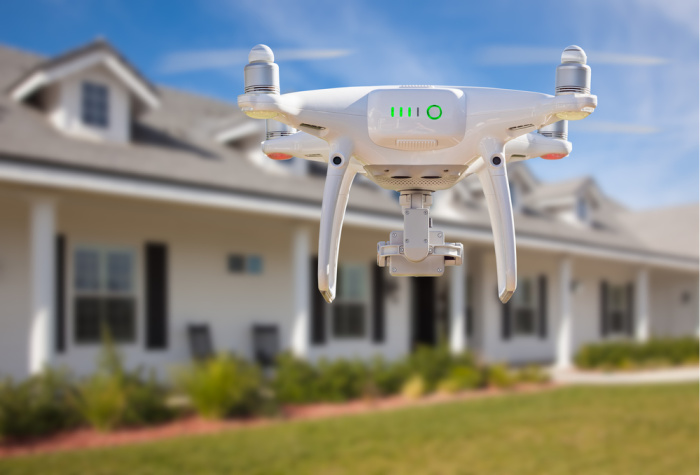
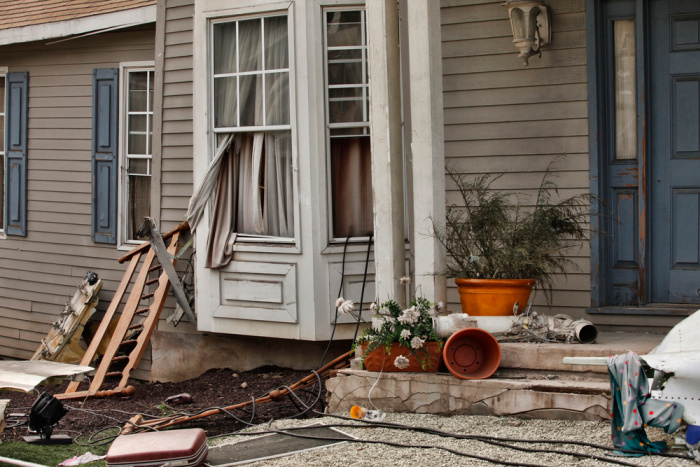
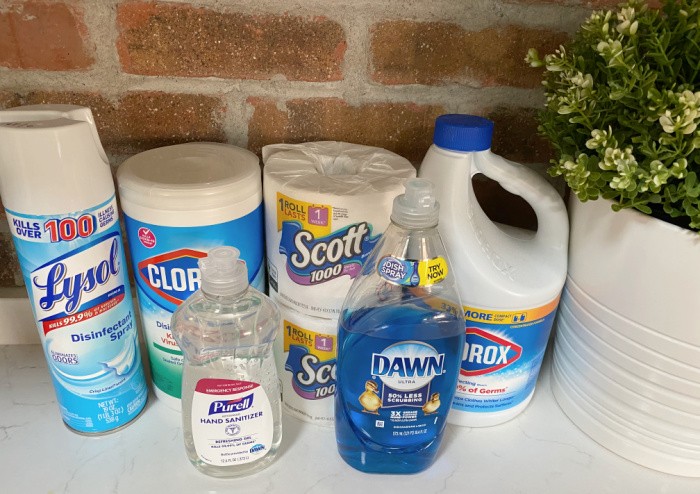
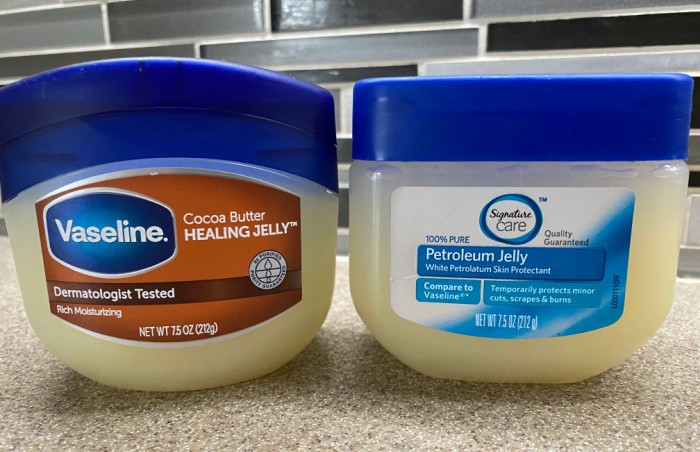
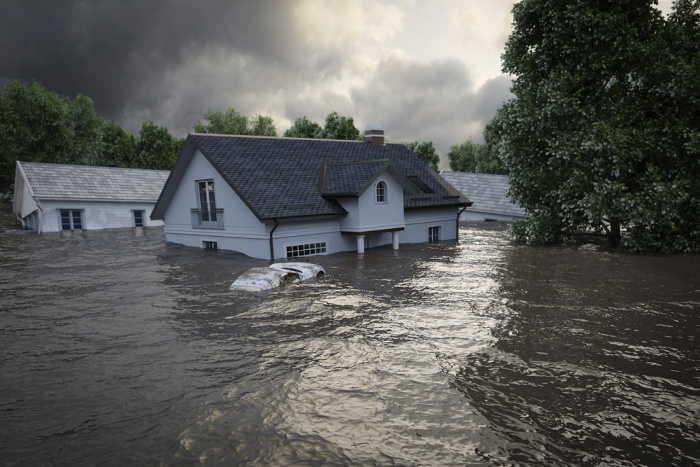

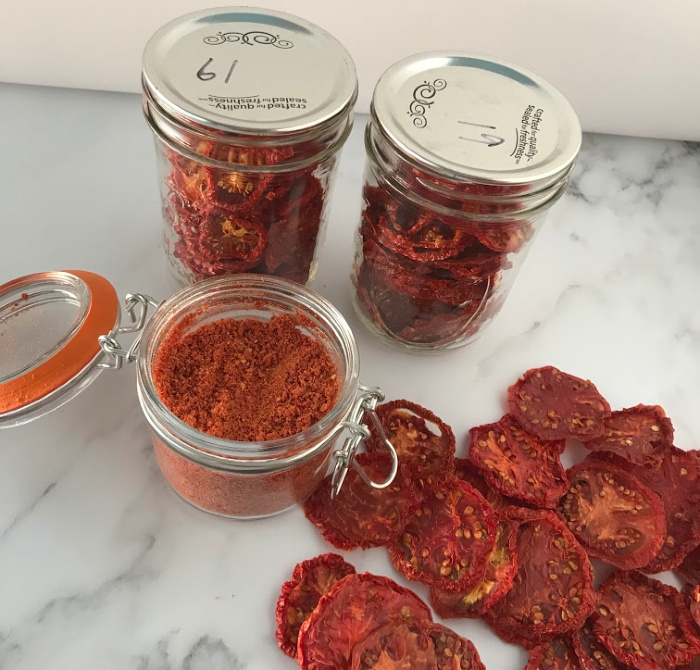
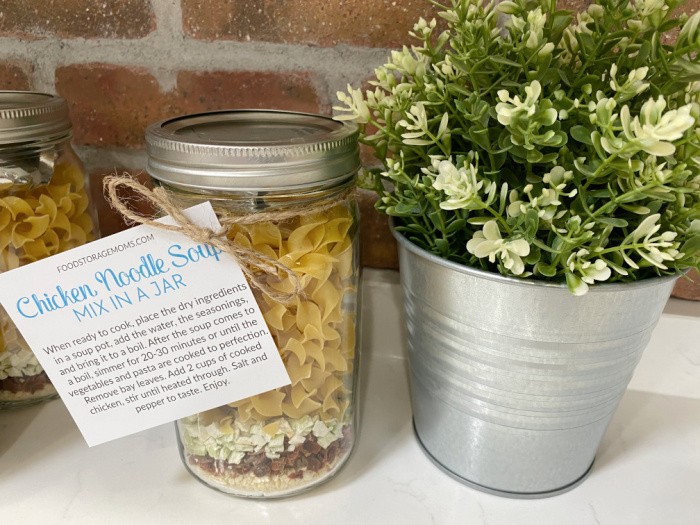
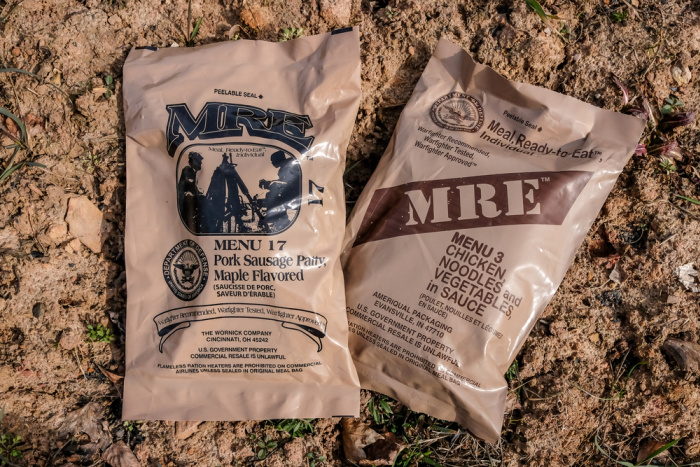
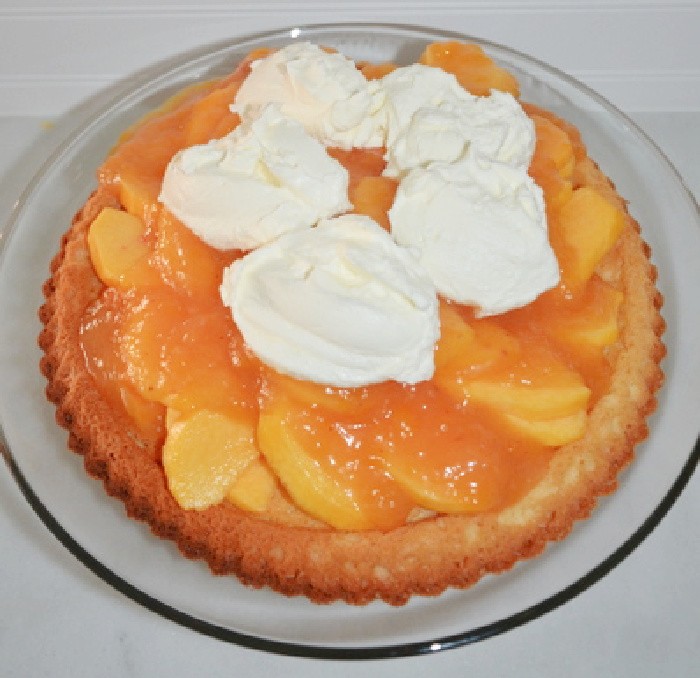

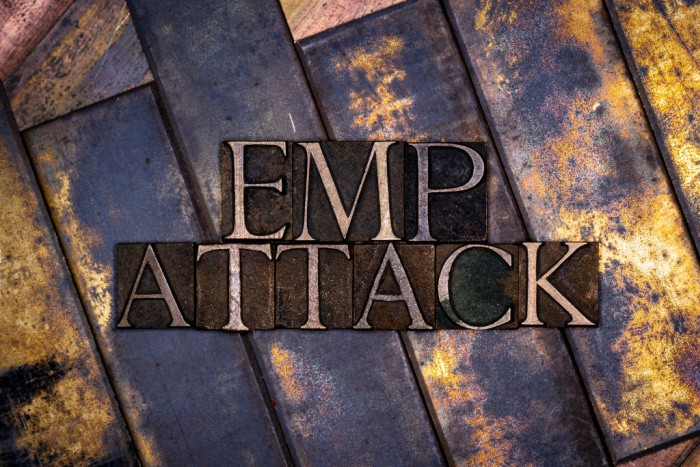

What about hurting pollinators?
Hi Tom, that’s one of my biggest concerns, for instance, the bees. I’m very careful where I use it. I never spray the plants, or flowers because that’s where the bees and butterflies visit. I have to compare it to the safety of pesticides. I feel better about using DE for getting rid of the insects and bugs that carry diseases. We have to make a choice, I still get bees so I believe I’m okay doing what I do. I hope this helps. Linda
I want to thank you for the the information on Diatomaceous Earth. I brought D E last year to help with beatles that look like ladybugs. It really helps but I didn’t know that I could use it in the garden and for flees and ticks.
Hi Sandra, I have seen those beetles that kill everything. At first, you think they are cute ladybugs but a different color, nope. I’m trying to use whatever I can to keep the insects off my garden. I’m just careful to protect the bees and butterflies. Gardening is so fun! Linda
My garden has a lot of quail that eat the young starts. Any chance this will help with the pesky birds?
Hi Mindy, that’s a good question. We had cats a few years, I Googled it and put coffee grinds in my garden. Gone. I would Google to see how to safely keep quail out. Netting? Screens, that’s a tough one. Linda
Where can I buy the Food Grade, OMRI DE?
Hi Cheryl, the bag I have in the post is food grade. Let me grab the link. https://amzn.to/3dmHWgg This is the one I bought. Linda